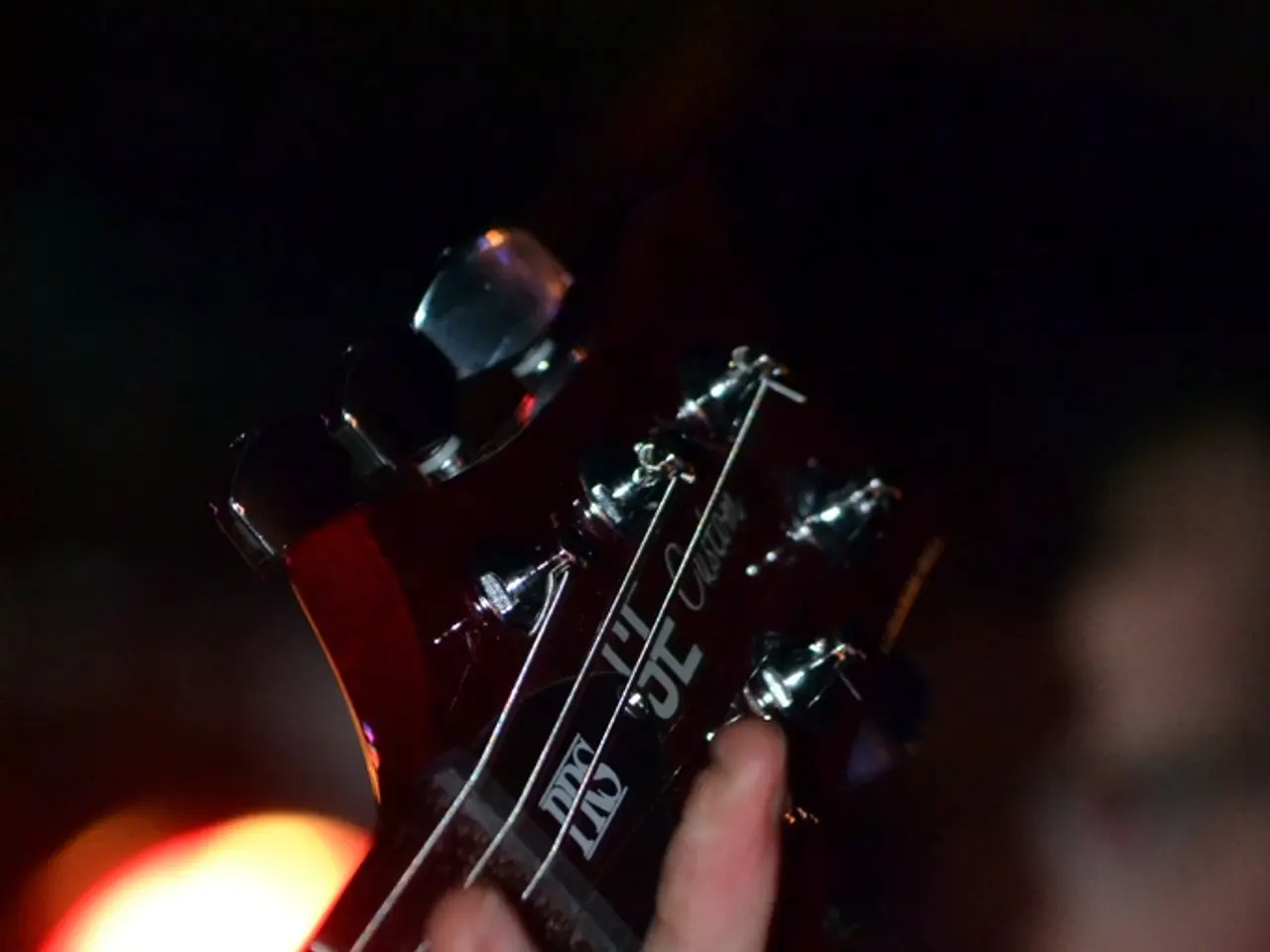Scoliosis with a twist: Understanding its nature, origins, and remedies
In the world of spinal health, two terms often come up: dextroscoliosis and levoscoliosis. Both are types of scoliosis, a condition characterised by a sideways curvature of the spine. The key difference lies in the direction of the curve: dextroscoliosis curves to the right, while levoscoliosis curves to the left.
Scoliosis, a common condition affecting millions worldwide, can have various causes. One of the most prevalent types is idiopathic scoliosis, accounting for over 80% of cases. The exact cause is unknown, but it is believed to involve a combination of genetic and environmental factors. This type can lead to both dextroscoliosis and levoscoliosis.
Congenital scoliosis, present from birth, is another cause, stemming from abnormal vertebrae formation during fetal development. Both dextroscoliosis and levoscoliosis can result from congenital issues.
Neuromuscular scoliosis, caused by conditions affecting muscle control, such as cerebral palsy or muscular dystrophy, can also lead to both types of scoliosis. Trauma and injuries, age-related changes, family history, and growth spurts can also contribute to the development of scoliosis, potentially leading to either dextroscoliosis or levoscoliosis.
Doctors use several diagnostic tools to confirm and assess scoliosis, including X-rays, CT scans, MRI scans, and spinal radiographs. If a doctor suspects levoscoliosis, they will order an X-ray to confirm the condition and determine the extent of the curve. They diagnose levoscoliosis by using imaging tests to determine the angle between the two most misaligned vertebrae, known as the Cobb angle. A Cobb angle greater than 10 degrees is considered a sign of scoliosis that requires monitoring.
In terms of treatment, the choice doesn't typically depend on the direction of the curve but rather on the severity and underlying cause. For mild cases, wearing a plastic back brace can help prevent curves from worsening in about 80% of children. The brace works by correcting spinal irregularities and allowing bones, ligaments, and tendons to grow and expand in the correct upright position. Once the bones have stopped growing or repairing themselves, a back brace will no longer be necessary.
In severe cases of scoliosis, a doctor may perform a spinal fusion to reverse the curve, especially when the spinal curvature might damage organs or interrupt movement. This procedure involves a surgeon realigning the curved bones and attaching small pieces of bone tissue along the repaired region. When the tissue heals, it forms a single, straightened bone.
It's important to note that chiropractic treatment cannot cure levoscoliosis, but it can improve a person's quality of life by reducing pain and improving flexibility. However, it is essential to choose a practitioner who specialises in managing scoliosis.
In conclusion, while dextroscoliosis and levoscoliosis differ in the direction of the curve, they share many underlying causes and respond well to appropriate treatment. Awareness and early detection are crucial in managing these conditions effectively.
Scoliosis, a widespread medical-condition, extends beyond just spinal health, as it's associated with various chronic diseases like diabetes, psoriasis, and mental-health issues such as depression. The origins of scoliosis might be genetic (AQ) or stem from environmental factors. Unidentified causes (idiopathic) account for the majority of cases, leading to both dextroscoliosis and levoscoliosis.
Congenital scoliosis, present at birth, can also lead to both types due to abnormal vertebrae formation during fetal development. Neuromuscular origins, like conditions affecting muscle control (bipolar), such as cerebral palsy or muscular dystrophy, can cause both dextroscoliosis and levoscoliosis. Trauma, age-related changes, family history, and growth spurts can all contribute to scoliosis's development.
The body's immune responses to certain infections or a weakened immune system, as seen in HIV, could also contribute to scoliosis development. It's essential to address any underlying medical-conditions, such as Crohn's disease, which might exacerbate the condition or interfere with therapies and treatments.
In some cases, skin-care issues like psoriatic disease could complicate scoliosis management, making it crucial to prioritize overall health-and-wellness. Predictive science helps doctors monitor the progression of scoliosis, enabling early intervention and prevention of long-term complications.
When diagnosing levoscoliosis, doctors use imaging tests to determine the Cobb angle, a vital measure of the curvature's severity. Treatment for scoliosis often involves wearing a plastic back brace, realigning curved bones through spinal fusion in severe cases, or even utilizing alternative therapies like cannabidiol (CBD) to manage pain and inflammation effectively.
It's essential to rely on the expertise of medical professionals to ensure appropriate treatment for scoliosis and any other chronic diseases that may coexist. Early detection, ongoing monitoring, and personalized care are key to living a healthy, fulfilling life even with multiple chronic diseases such as scoliosis, diabetes, and mental-health conditions like depression, multiple sclerosis, or asthma.




